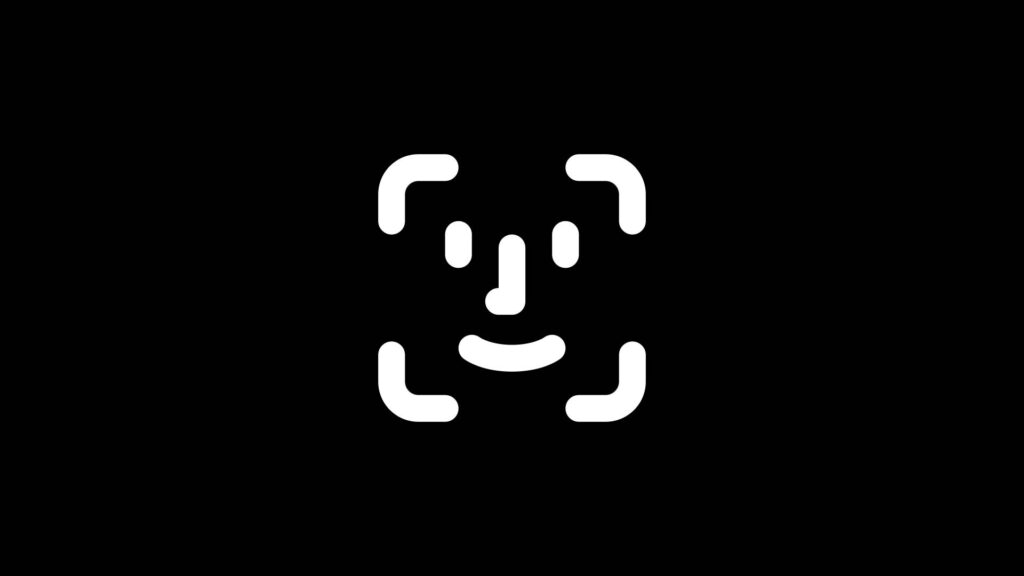Digital security is paramount. Hence, the need for a system that can access and authenticate identities not only faster but with greater accuracy. And what better technology other than AI to do so?
Today, AI has become a core component of some of the premier industries. Although the application of AI remains debatable, we simply can’t ignore the tech. And an AI-powered Facial Recognition system would be the optimum solution to most of our authentication issues.
As such, the following article highlights the usage of Facial Recognition AI and tries to find out what it is and how it works.
Table of contents
What is Facial Recognition AI?
First, let us try to understand more about Facial Recognition. Yes, without AI. Typically, Facial Recognition is a program that identifies or confirms someone’s identity using their face.

It works on a set of algorithms that can even identify a person in a video or image. Moreover, this technology has existed for decades. But the integration of AI made it applicable for recent use. Now, AI works based on deep learning and machine learning.
Hence, it becomes smarter and more intelligent with every use. When it comes to Facial Recognition, AI can search the existing database instantaneously. Thus, results are out in seconds and are also accurate up to 99.5%.
AI Facial Recognition has the following advantages:
- Real-time processing
- Anti spoofing
- Model training across millions of faces
- Accessible across multiple devices
- Low gender and racial bias
How does it work?
Facial Recognition can authenticate the identity of a person using their face. But is the process actually this simple? The software/program captures, analyzes and compares patterns based on a person’s facial details.
We can separate the whole process in three distinct steps:
1. Detection
The first step is when the software finds a face for matching. It can use a camera to detect a face. However, AI can identify this image with accuracy at human or above human levels. Furthermore, it automates data extraction, analysis, classification, and ingesting the important image data.
2. Analysis
After detecting the image data, it further analyzes it. The AI maps and reads face geometry and facial expressions. Then, it identifies facial landmarks that are unique to a person such as:
- Distance between the eyes
- Distance amongst the forehead and the chin
- Distance between the nose and mouth
- Depth of the eye sockets
- Shape of cheekbones
- Eye contour
- Lips
- And finally the shape of a chin
Afterward, the AI converts such data into numeric format, or face print. And face prints are equally unique as fingerprints. Thus, they can be used to reverse engineer or digitally reconstruct a person’s face.
3. Recognition
Finally, the AI compares the acquired face prints across an existing database to figure out a match.
Facial Recognition AI Use-Cases:
Facial Recognition AI has three major applications which are further branched into various sectors. These are:
1. Law enforcement and security agencies
As we already know, Facial Recognition is most helpful with identity authentication. And verifying identity is a crucial component when fighting cybercrime and terrorism. Some relevant applications are:
- Facial Recognition can be combined with another biometric tech when issuing official identification documents.
- It is used at border checks.
- Face biometrics can aid police checks.
- Surveillance in a crowded space.
- Traffic CCTVs can aid authorities in the:
- Finding missing children
- Identifying exploitation
- Tracking suspects
- Aiding ongoing police investigation
2. Healthcare sector
Facial Recognition AI can use deep learning and face analysis to:
- Track patient’s medical history
- His use of medication
- Detecting genetic disorders
- Facilitate pain management
3. Banking and Retail sector
No one expected Facial Recognition to be a part of the banking and retail industry. Thanks to KYC, identity authentication is no longer a tedious process. Many banks have gone paperless as they can provide a Savings Account based solely on KYC.
As for the retail sector, cameras at shopping outlets have prevented theft and incidents such as shoplifting as Facial Recognition can help shop owners prepare a blacklist of suspects. It can also track customer behavioral patterns and aid management in policymaking to increase sales.
Concerns regarding the Facial Recognition Technology
Facial Recognition has a rich history as its origins date back to the 1960s. And even those unfamiliar with the term might have heard of it in a sci-fi setting. But the tech is a reality now, and so are the concerns surrounding it.
Ownership of Data
It is no longer a fantasy when a movie villain adorns a random face mask while vomiting a crime. While things may not be the same, the fact remains that your digital face is no longer your own. When signing up for any Facial Recognition service, your data end up with the service provider. It can then be sold or misused,
Mistaken Identity
While the AI Facial Recognition boasts of a 99.5% success rate, there is no failsafe guarantee. Hence, there are often chances of a mistaken identity. Sometimes a false-positive might even derail a criminal investigation.
Basic Freedoms
Then there is always an ethical cause at play when dealing with private data of users. Hence, when the government has the power to interfere with the lives of citizens, it causes issues. Which begs the question, should privacy also extend to people when they are outside their homes?
Due to security concerns, Facial Recognition is a must, as it has the power to prevent crimes. However, the same system can be abused to keep an illegal surveillance over the populace. Hence, the debate, which doesn’t seem to be ending anytime soon.